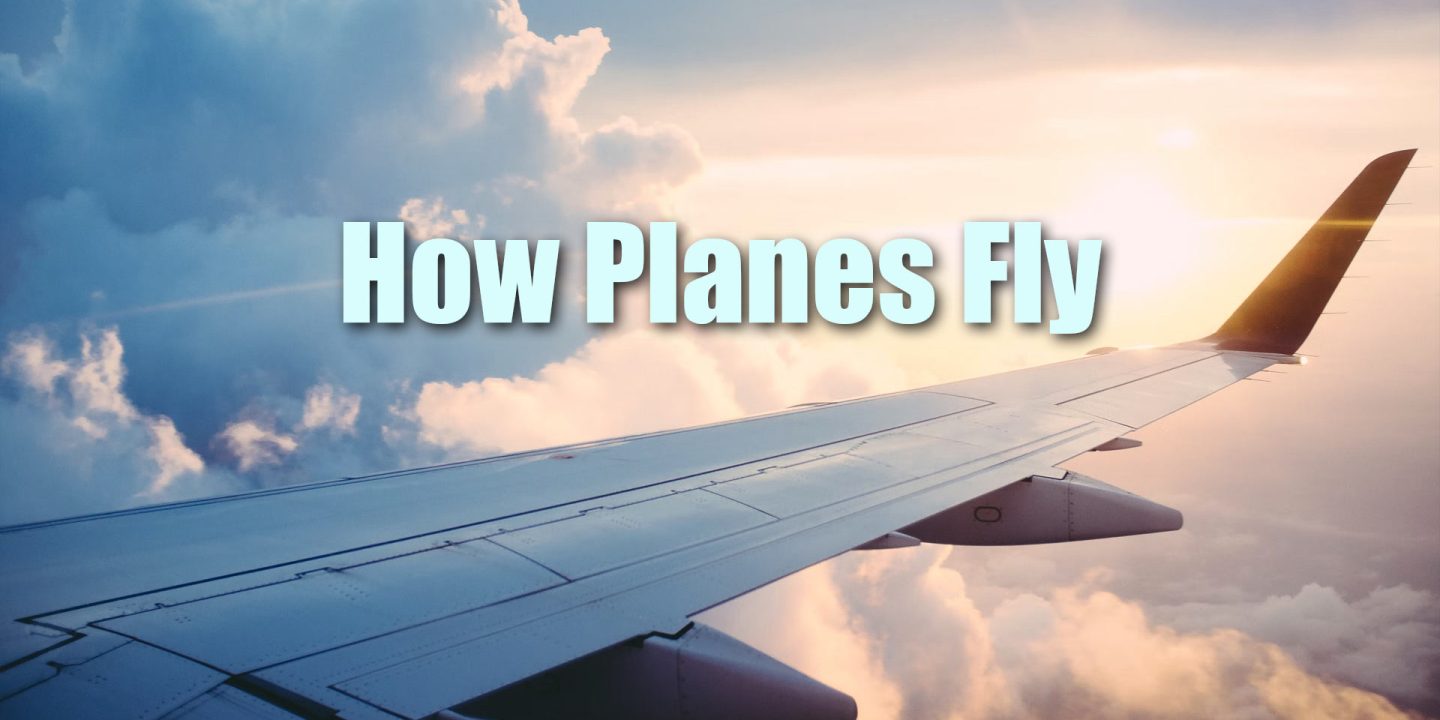
The Science of Flight
As you probably know, the flight is the process of moving through the air under your own power. But how does this actually work?
The science of flight is actually quite complex. There are four forces at work when an airplane is in the air: lift, drag, thrust, and gravity.
Lift is the force that keeps an airplane in the air. It is created by the movement of air over the wings. The shape of the wings helps to create a low-pressure area above them. This low-pressure area creates a vacuum that sucks the plane upwards.
Drag is the force that slows an airplane down. It is created by the resistance of air against the plane’s body and wings. The more streamlined a plane’s design, the less drag it will experience.
Thrust is the force that propels an airplane forward. It comes from the engine and pushes against the air to move the plane forward.
Gravity is the force that pulls an airplane down. It is a result of the plane’s mass and the Earth’s gravity.
All of these forces work together to keep an airplane in the air and moving forward. The pilot controls the plane by manipulating the wings and engine to change the balance of these forces.
Now that you know how planes fly, you can appreciate the engineering marvels that make flight possible!
How Lift Works
As we mentioned earlier, lift is the force that keeps an airplane in the air. But how does it work?
Lift is created by the movement of air over the wings. The shape of the wings helps to create a low-pressure area above them. This low-pressure area creates a vacuum that sucks the plane upwards.
The amount of lift that is generated depends on several factors, including the shape of the wings, the speed of the plane, and the density of the air.
Engineers are always working to find ways to increase lift. One way they do this is by adding flaps to the wings. Flaps are pieces of metal or fabric that can be extended from the wing to change its shape. This increases the amount of lift that is generated and allows the plane to take off and land at lower speeds.
How Drag Works
Drag is the force that slows an airplane down. It is created by the resistance of air against the plane’s body and wings. The more streamlined a plane’s design, the less drag it will experience.
There are two types of drag: parasite drag and induced drag.
Parasite drag is created by the resistance of air against the parts of the plane that are not involved in lift, such as the fuselage and the landing gear. Induced drag is created by the wings as they generate lift.
Engineers are always working to reduce drag. One way they do this is by making the plane’s body more aerodynamic. This reduces the resistance of air against the plane and makes it easier to fly.
Another way to reduce drag is by using lighter materials in the construction of the plane. This reduces the weight of the plane, which in turn reduces the amount of thrust that is required to keep it in the air.
How Thrust Works
Thrust is the force that propels an airplane forward. It comes from the engine and pushes against the air to move the plane forward.
The amount of thrust that is generated depends on several factors, including the type of engine, the speed of the plane, and the density of the air.
Engineers are always working to find ways to increase thrust. One way they do this is by adding more engines to the plane. This increases the amount of thrust that is available and allows the plane to fly faster.
Another way to increase thrust is by using a more powerful engine. This provides more power for the plane to use and allows it to fly even faster.
How Gravity Works
Gravity is the force that pulls an airplane down. It is a result of the plane’s mass and the Earth’s gravity.
All of these forces work together to keep an airplane in the air and moving forward. The pilot controls the plane by manipulating the wings and engine to change the balance of these forces.
The Engineering of Flight
Engineers are always working to find ways to make flight more efficient. One way they do this is by designing new and improved engines. Another way they do this is by developing new materials that are lighter and stronger than the ones currently being used.
They also work on making the body of the plane more aerodynamic. This reduces drag and makes it easier for the plane to fly.
All of these improvements result in planes that can fly faster, farther, and more efficiently than ever before. As a result, we can enjoy the many benefits of air travel without having to worry about the safety or efficiency of our flights.
The Benefits of Flight
There are many benefits to flight. It helps us to travel long distances in a short amount of time. It also allows us to transport goods and services quickly and efficiently.
Flight also provides us with a unique perspective of the world. From high above, we can see things that we would never be able to see from the ground. This allows us to better understand our planet and the way it works.
Lastly, flight gives us a sense of freedom. There is nothing quite like the feeling of taking off into the open sky, free to go where we please.
The Future of Flight
Engineers are always working to find ways to make flight more efficient. One way they do this is by designing new and improved engines. Another way they do this is by developing new materials that are lighter and stronger than the ones currently being used.
They also work on making the body of the plane more aerodynamic. This reduces drag and makes it easier for the plane to fly.
All of these improvements result in planes that can fly faster, farther, and more efficiently than ever before. As a result, we can enjoy the many benefits of air travel without having to worry about the safety or efficiency of our flights.






